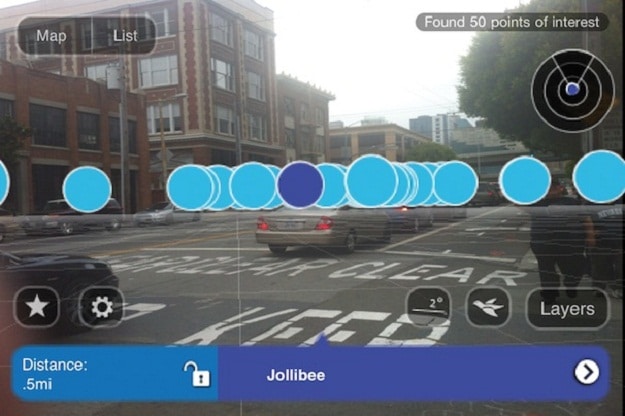I love Star Trek. I remember watching the original TV series as a kid. In Star Trek, there was a race of cybernetic organisms that would abduct people and enforce cybernetic implants on them in order to achieve perfection. I remember thinking back then how terrible that would be if it happened in reality, having machines augment human functions in order to perfect them. Well, today we are closer to that reality than many people think. Do you disagree? “Siri, send my wife the following text message… I will be 30 minutes late.” Or how about, “Siri, create a reminder for today at 12h30.” Okay, perhaps these are silly examples, but as per definition, we are already using machines to augment our daily lives. What if we could have retinal HUDs (Heads Up Display)?
Babak Parviz, who is a bionanotechnology expert at the University of Washington in Seattle, reports that augmented vision is not only possible, but augmented vision contact lens prototypes are being tested at this moment. Imagine being able to get directions to the closest hospital or restaurant, or have information pushed to you as you move through a city. Imagine that since this augmented reality lens is connected to your body, it could monitor and report essential bio information to the wearer such as glucose, cholesterol or blood pressure levels. While actual commercially available augmented lenses are still a way off, there are some people who have benefited from human cybernetic interfaces.
Neural implants can be placed on the surface of the brain, acting as a biomedical prosthesis to circumvent damaged areas brought on by strokes or other head trauma. In Manchester, Peter Lane (who was blind) had electronic receivers implanted into his eyes. Signals are sent from his glasses to his brain, effectively allowing him to see the outline of doorways and furniture for the first time in 30 years. Professor Kevin Warwick of the University of Reading in England is upgrading the human body (and himself) with cybernetics. He has pioneered a set of experiments whereby neuro-surgical implants are inserted into the median nerves of his arm, allowing him to link his nervous system directly to a computer. He has also been successful in establishing the very first electronic communication between the nervous systems of two humans.
The geek in me thinks this technology is simply awesome, especially for the disabled! I am sure that we will see these advances in human cybernetic interfaces within our lifetime. Ready or not, resistance is futile.
Via: [Mail Online] [Kevin Warwick] Image Credits: [PCWorld] [TopNews]

COMMENTS